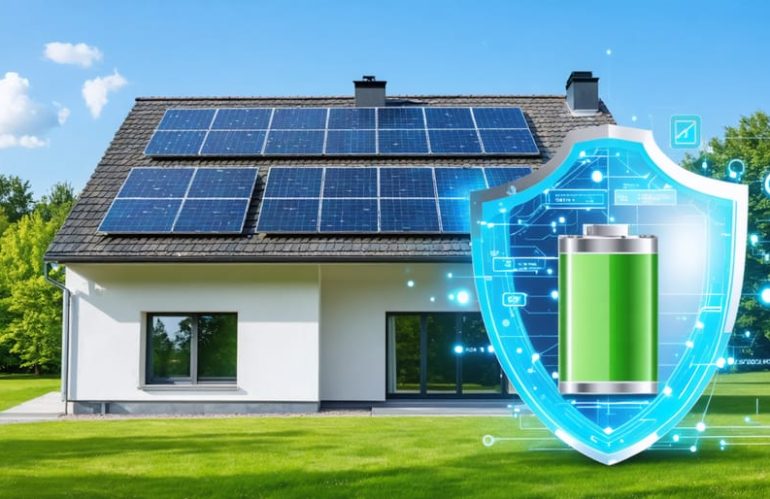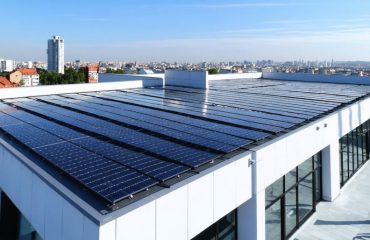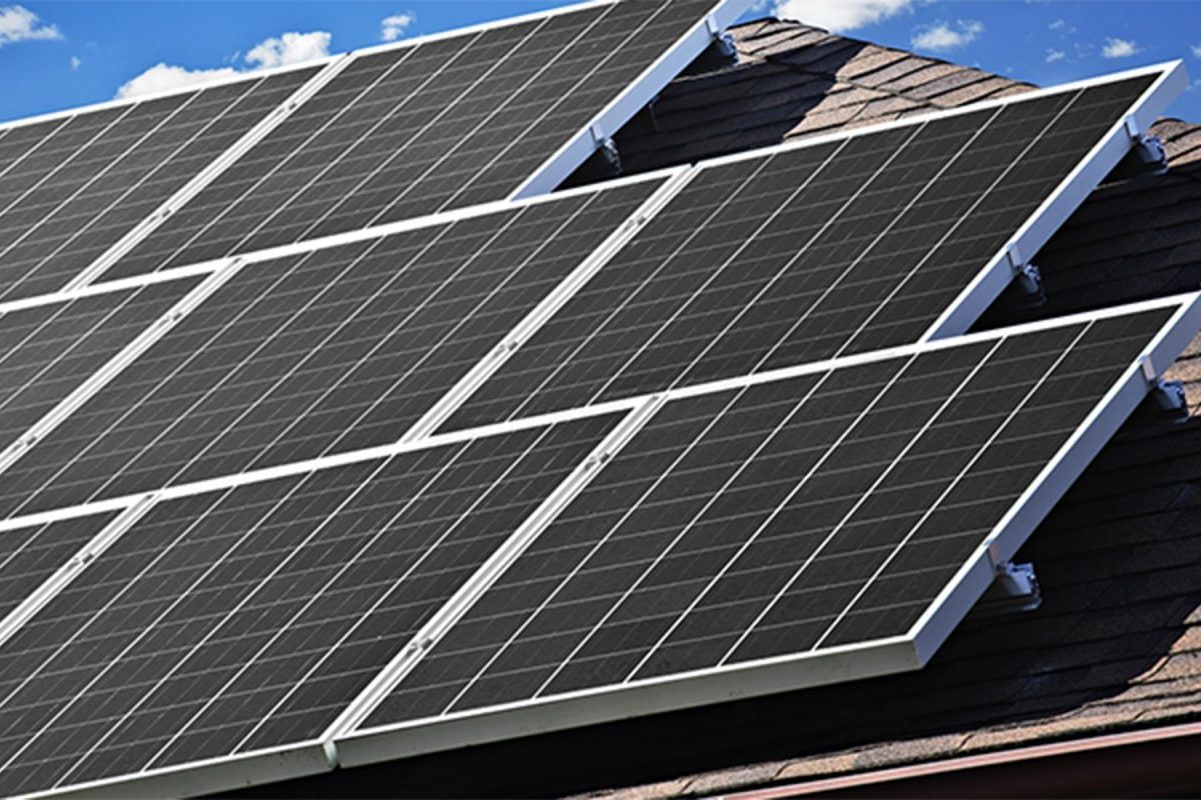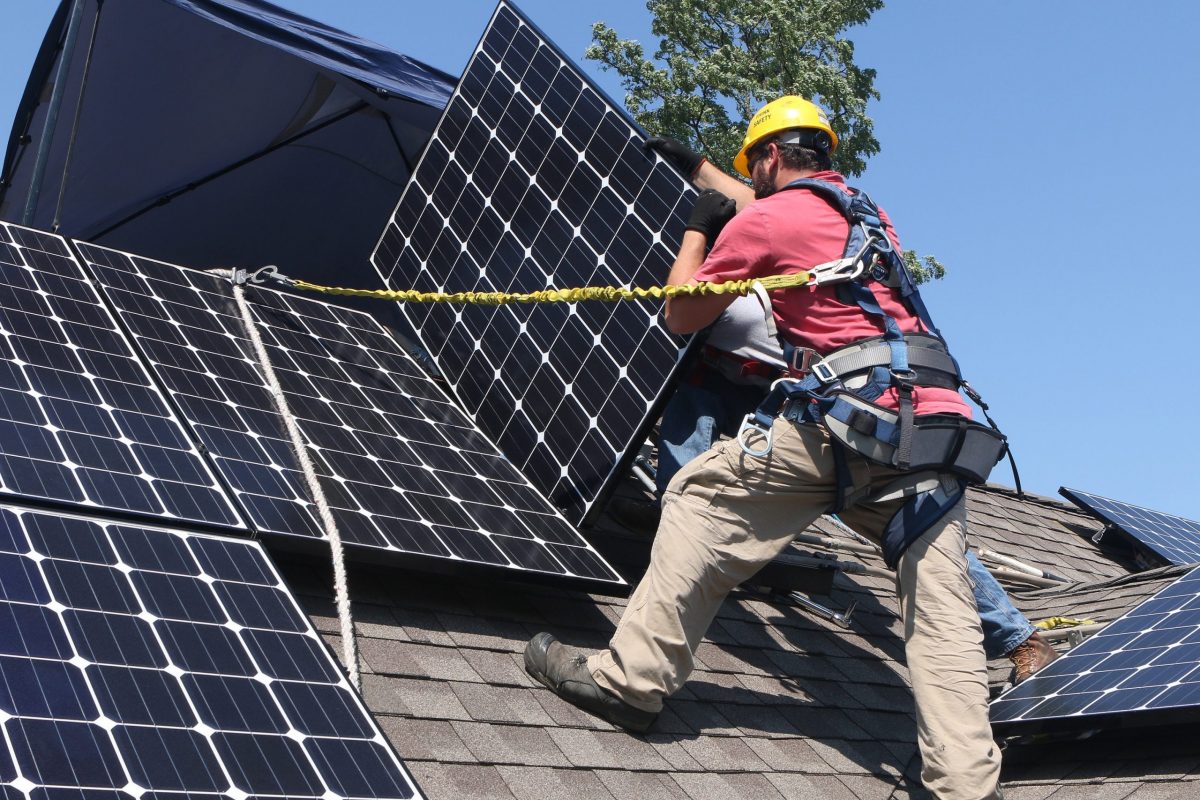Transform your home into a resilient energy fortress with a solar system grid tie battery backup – the ultimate solution for uninterrupted power and energy independence. This innovative system combines the cost-saving benefits of traditional grid-tied solar panels with the security of battery storage, ensuring your lights stay on when the grid goes down. Unlike standard solar installations, grid tie battery backup systems automatically switch to stored power during outages, maintaining essential operations in your home without interruption.
Recent advances in battery technology and smart inverters have made these systems more affordable and efficient than ever, offering homeowners a practical path to energy autonomy. Whether you’re concerned about rising utility costs, frequent power outages, or reducing your carbon footprint, a grid tie battery backup system delivers reliable performance while potentially reducing your monthly energy bills by 50-90%.
By integrating this technology into your home, you’re not just investing in emergency power – you’re embracing a sustainable future while maintaining modern comfort and convenience.
Understanding Grid-Tie Battery Backup Systems
Key Components of Grid-Tie Battery Systems
A grid-tie battery system consists of several crucial components working together to provide reliable power and backup capabilities. The main component is the solar panel array, which captures sunlight and converts it into electricity. These panels connect to a hybrid inverter, which manages power flow between your panels, batteries, and the grid while converting DC power to usable AC power for your home.
The battery bank stores excess energy for later use, typically using lithium-ion technology for its efficiency and longevity. A charge controller ensures proper charging and prevents battery damage by regulating voltage and current flow.
The system also includes an automatic transfer switch, which seamlessly transitions between grid and battery power during outages. Smart monitoring systems track energy production, consumption, and battery status, allowing you to optimize your system’s performance through user-friendly apps.
Finally, the main electrical panel connects everything to your home’s circuitry, while safety disconnects and surge protection devices guard against electrical hazards. These components work in harmony to provide reliable power and maximize your energy independence.

Safety Features and Requirements
Modern grid-tie battery backup systems come equipped with essential safety features to protect your home and family. Every installation must comply with strict battery storage requirements and local electrical codes. Key safety components include automatic shutdown systems, surge protection, and ground-fault circuit interrupters. These systems also feature sophisticated monitoring technology that alerts homeowners to potential issues before they become problems.
Your installer will ensure proper ventilation, temperature control, and placement of batteries in approved locations. Most systems include fire-resistant enclosures and multiple disconnect points for emergency situations. Regular maintenance checks and professional inspections are required to maintain safety certification and warranty coverage. Remember to keep documentation of all safety features and inspections for insurance purposes.
Insurance Coverage Implications
Standard Coverage vs. Special Endorsements
When protecting your solar battery backup system, understanding solar storage insurance coverage options is crucial. Standard homeowners insurance typically provides basic coverage for solar installations, including damage from fire, storms, or falling objects. However, this basic coverage might not fully protect your investment in a grid-tie battery backup system.
Special endorsements offer enhanced protection specifically designed for renewable energy systems. These add-ons usually cover risks not included in standard policies, such as electrical surges, mechanical breakdowns, or loss of income from reduced power generation. They may also protect against cyber risks associated with smart monitoring systems.
Consider adding coverage for:
– Equipment breakdown
– Power generation loss
– Electronic data loss
– Business interruption (if you sell excess power)
– Battery system replacement costs
While special endorsements may increase your premium slightly, they provide comprehensive protection for your sustainable energy investment. Consult with insurance providers who specialize in renewable energy systems to find the right balance of coverage and cost for your specific setup.

Common Insurance Requirements
When installing a solar system with battery backup, most insurance providers require specific coverage and documentation. Typically, you’ll need to update your homeowner’s insurance policy to reflect the added value of your solar installation. Insurance companies usually require professional installation by certified contractors who follow local building codes and electrical standards.
Most providers will ask for documentation including installation permits, system specifications, and proof of professional installation. You may also need to demonstrate compliance with UL safety standards for battery systems and National Electrical Code (NEC) requirements.
Many insurers require regular system maintenance and inspections to maintain coverage. This often includes annual check-ups by certified technicians and documentation of any repairs or modifications. Some policies may mandate specific safety features like automatic shutdown systems and proper ventilation for battery storage areas.
Additional liability coverage is typically required, especially if you plan to participate in net metering programs. It’s important to notify your insurance provider before installation begins to ensure you meet all prerequisites and maintain continuous coverage.
Risk Mitigation Strategies

Professional Installation Requirements
Professional installation of a grid-tie solar battery backup system isn’t just a recommendation – it’s essential for safety, performance, and warranty protection. Always work with certified solar installers who have experience with battery backup systems and understand local electrical codes. These professionals ensure your system meets all National Electrical Code (NEC) requirements and local building regulations.
Your installer should provide detailed documentation, including permits, warranties, and system specifications. This paperwork is crucial for insurance purposes and future maintenance. Make sure to get a comprehensive handover package that includes operating instructions, emergency procedures, and maintenance schedules.
Keep records of all inspections and certifications, as these may be required by your insurance company or local authorities. Working with certified professionals also ensures your system qualifies for available tax incentives and rebates, while maintaining manufacturer warranties. Remember, proper installation documentation helps protect your investment and ensures smooth operation for years to come.
Maintenance and Inspection Protocols
Regular maintenance of your solar battery backup system is straightforward but essential. Schedule professional inspections twice a year to check battery connections, verify charging cycles, and ensure optimal system performance. Keep battery terminals clean and free from corrosion, and monitor your system’s performance through its digital interface monthly.
Most insurance providers require proof of professional installation and regular maintenance to maintain coverage. Document all maintenance activities and keep inspection records safe. This documentation can be crucial for warranty claims and insurance purposes.
Simple maintenance tasks you can perform include:
– Monthly visual inspection of batteries and connections
– Checking ventilation systems are unobstructed
– Monitoring system performance metrics
– Cleaning solar panels as needed
– Testing backup power activation quarterly
Remember to use licensed professionals for technical maintenance to protect your warranty and insurance coverage. Many installers offer maintenance packages that satisfy both manufacturer and insurance requirements while ensuring your system’s longevity and reliability.
Installing a solar system with grid-tie battery backup is a smart investment that offers the best of both worlds: clean energy independence and reliable power security. By combining solar panels with battery storage and maintaining grid connection, you’ll reduce your energy bills while ensuring your home stays powered during outages. Take the first step by getting quotes from certified solar installers who can assess your home’s specific needs and energy consumption patterns. Remember to review local regulations, investigate available tax incentives, and discuss the installation with your insurance provider. With proper planning and professional installation, you’ll join the growing community of homeowners enjoying sustainable, reliable power while contributing to a greener future. The initial investment may seem significant, but the long-term benefits of energy independence, increased home value, and environmental impact make it worthwhile.









